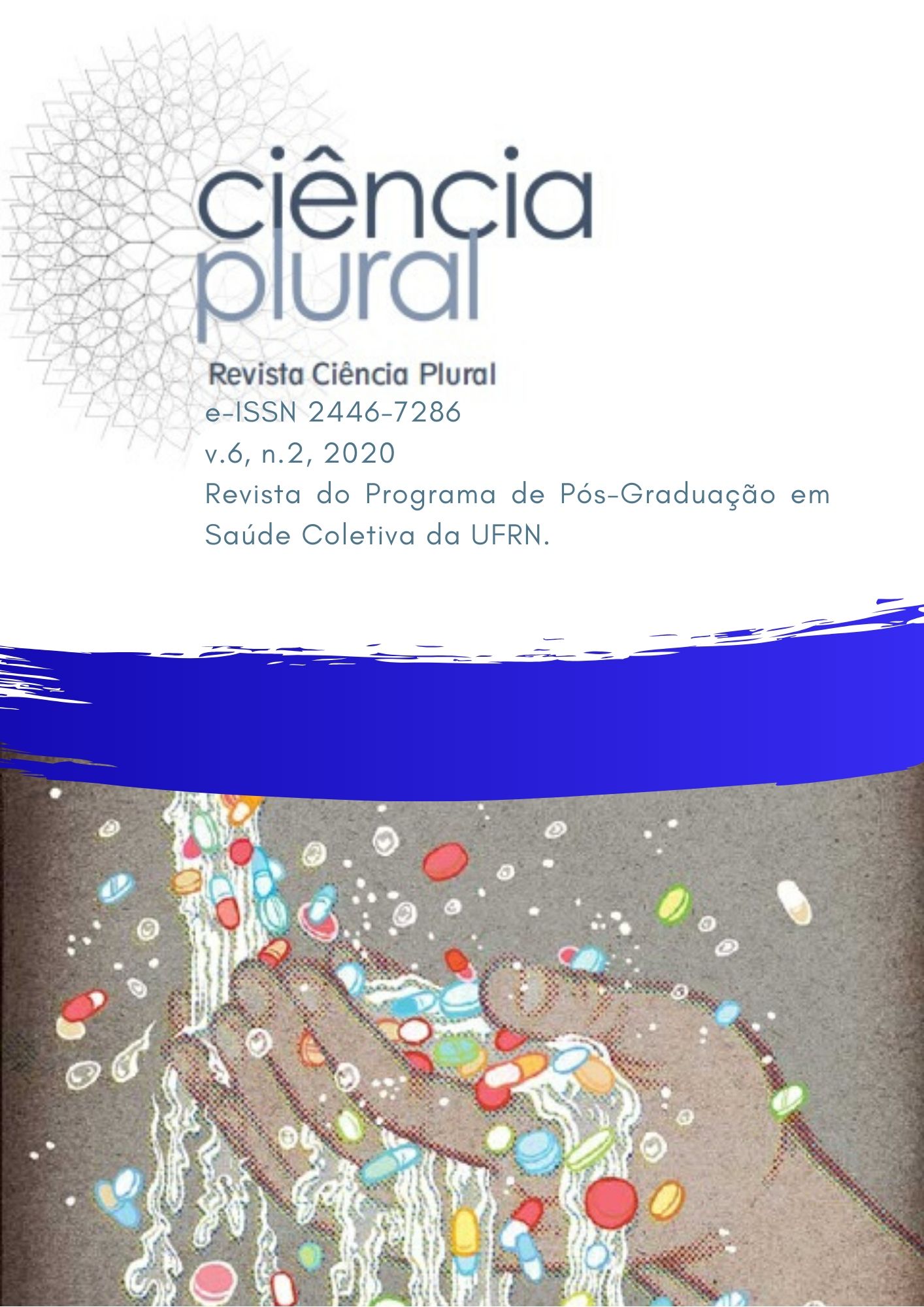Mandibular necrosis associated with biphosphonate use: case report
DOI:
https://doi.org/10.21680/2446-7286.2020v6n2ID19671Abstract
Introduction: Bisphosphonates are drugs that aim to reduce bone resorption by causing apoptosis of osteoclasts. For this reason, they are often used in patients with osteoporosis and in the treatment of cancer. However, despite the benefits associated with treatment with bisphosphonates, these medications have been related to maxillo-mandibular osteonecrosis, materializing as a worrying scenario of interest to public health. Objective: Present a clinical case of mandibular osteonecrosis associated with the use of bifosfanate, after extraction of a dental element, as well as to contribute with the discussions about the therapeutic possibilities of this disease. Case description: A 59-year-old male patient was referred to the Buccomaxillofacial Surgery and Traumatology department two months after dental extraction of the element 45. The diagnosis was bisphosphonate-related maxillomandibular osteonecrosis (OMRB), initially opting removal of existing trauma, as well as care for the exposed area. Subsequently, we chose to remove the necrotic bone segment. Conclusions: The complex pathophysiology of OMRB requires dental surgeons to take measures in a timely manner and cause minimal disruption to patients' lives. Thus, the state of the lesion should be evaluated, with conservative therapy indicated for early findings. Surgical debridement is advised for the treatment of advanced and unresponsive disease.
Keywords: Bisphosphonates; Osteonecrosis; Jaw.
Downloads
Downloads
Published
How to Cite
Issue
Section
License
À Revista Ciência Plural ficam reservados os direitos autorais referente a todos os artigos publicados.

 Português (Brasil)
Português (Brasil) English
English Español (España)
Español (España)










2.png)
